14 Ways To Completely Transform A Shelter Dog’s Life With Love And Care

Bringing a shelter dog home is like opening a door to a whole new world for them. These animals often come with difficult pasts, having experienced abandonment, neglect, or even abuse.
With patience and dedication, you can help heal their emotional wounds and build a foundation of trust. Your love has the power to completely transform a shelter dog from a nervous, uncertain animal into a confident, happy companion.
1. Give Them Time To Adjust
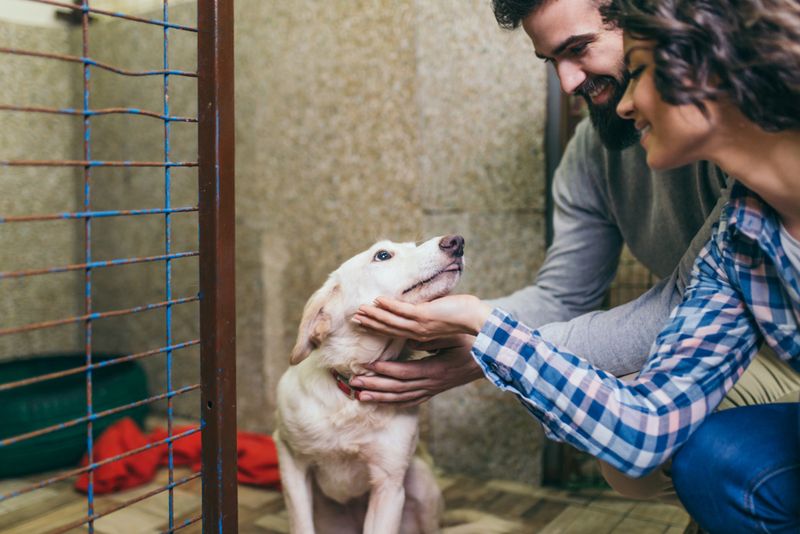
Remember that scary first day at a new school? That’s how your shelter dog feels. Their world has been turned upside down again.
Patience is your best tool now. Let them explore at their own pace and discover safe spots in your home. Some dogs adjust in days, while others might need weeks to truly relax.
2. Offer Consistent Routines

Imagine living with unpredictable meal times or bathroom breaks—pretty stressful, right? Your new furry friend craves structure after shelter chaos.
Set regular times for feeding, walks, and bedtime. This predictability becomes their security blanket. Watch how quickly they learn to anticipate what happens next, their anxiety melting away with each passing day.
3. Provide A Safe And Comfortable Space

Everyone needs a sanctuary, especially dogs who’ve known only concrete kennels. Create a cozy corner with a soft bed and some toys.
This special spot becomes their retreat when life feels overwhelming. Many rescued pups will spend hours in their safe space at first. Don’t worry—they’re not hiding, they’re healing and gathering courage to embrace their new life.
4. Gradually Introduce New People And Animals
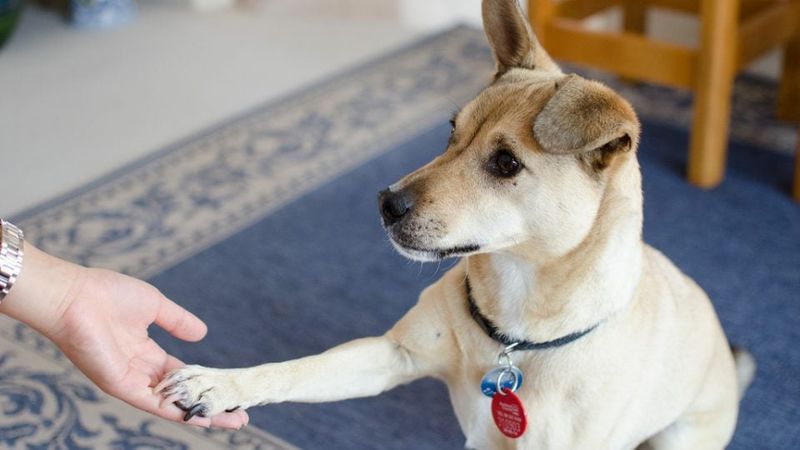
Too much too soon can overwhelm a shelter dog’s sensitive system. Think of social interactions as small sips, not big gulps.
Start with calm, quiet visitors who understand the need for space. Keep first meetings brief and positive. When introducing other pets, neutral territory works best. Your patience during this process builds their social confidence one successful interaction at a time.
5. Shower Them With Affection

Touch starvation is real for many shelter dogs. They’ve missed countless cuddles and gentle strokes that should have been theirs.
Start slowly—some may flinch at first from past experiences. Follow their lead on how much physical love they can handle. Those hesitant eyes will soon close in bliss during belly rubs, their trust in human hands gradually restored through your gentle touch.
6. Engage In Fun And Interactive Playtime
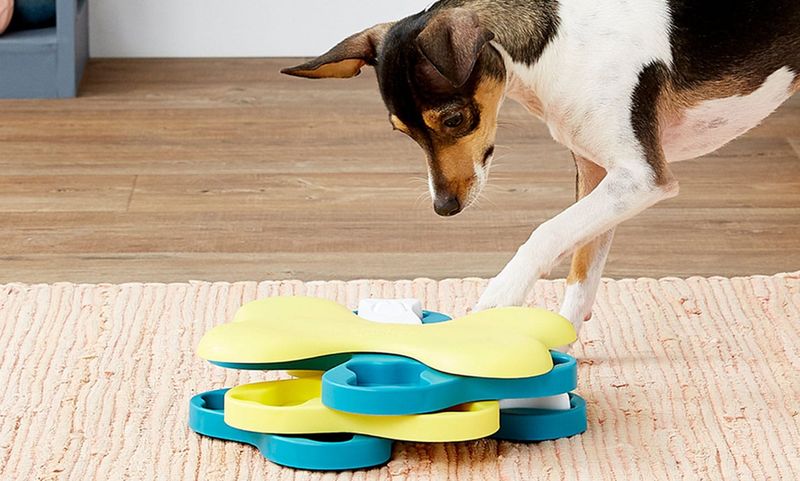
Many shelter dogs have never learned how to play. The simple joy of chasing a ball might be a foreign concept to them.
Experiment with different toys to discover what lights their spark. Puzzle toys can engage their minds while fetch builds your bond. That first moment when they bring back a toy, tail wagging with newfound purpose—pure magic for both of you.
7. Take Them On Daily Walks
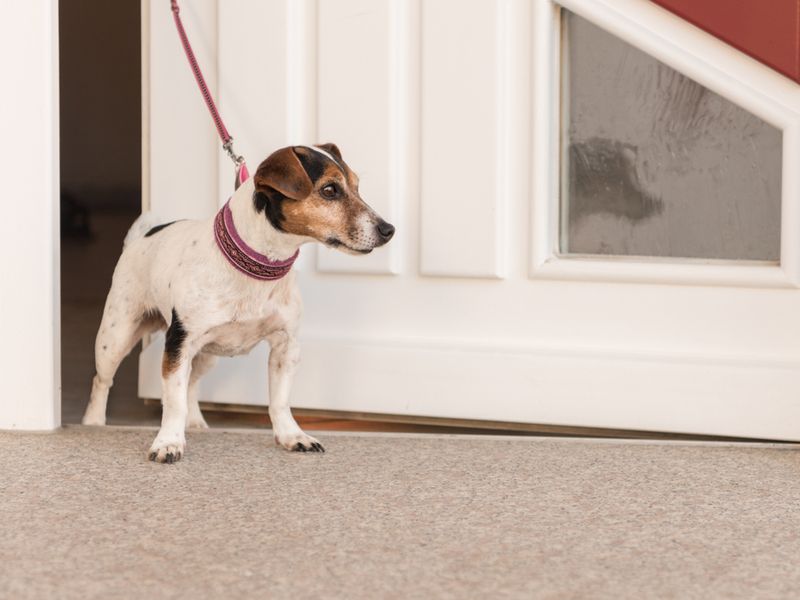
Leashes often trigger fear in shelter dogs who associate them with being caught or returned. Start with short, positive experiences in quiet areas.
These walks become more than exercise—they’re confidence-building adventures. Watch as they gradually lift their heads higher, sniff with curiosity, and walk beside you with growing trust. Each step together weaves invisible threads connecting your hearts.
8. Provide Proper Nutrition

Food insecurity leaves deep marks on shelter dogs. Some gobble frantically while others eat nervously, expecting their bowl to be taken away.
Quality nutrition rebuilds their bodies from the inside out. That dull coat will soon shine; energy levels will stabilize. Consider slow-feeder bowls for the speed-eaters and hand-feeding for the timid ones—both methods foster healthy relationships with mealtime.
9. Offer Positive Reinforcement Training
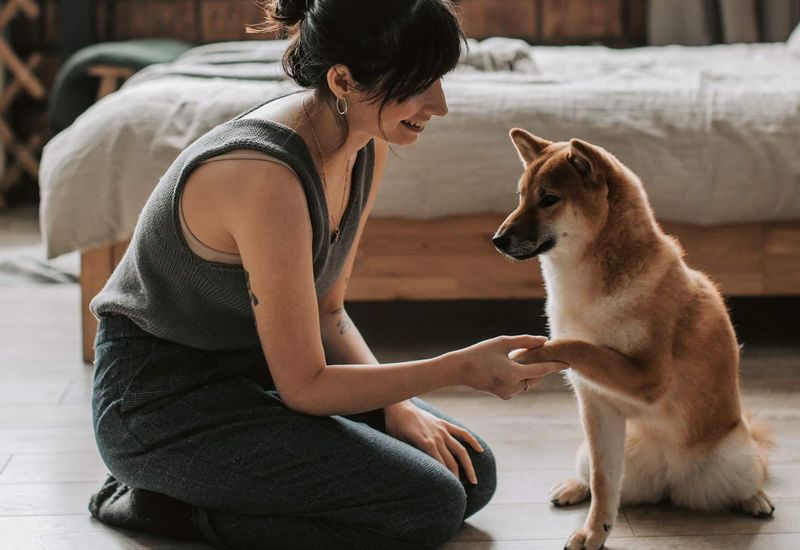
Forget outdated notions about showing dogs “who’s boss.” Your shelter dog needs gentle guidance, not intimidation.
Clicker training works wonders for many rescue pups. Mark good behaviors with treats and praise—never punishment. Small successes build their confidence and strengthen your bond. That proud look when they master “sit” or “stay” reflects their growing sense of purpose and belonging.
10. Regular Vet Check-Ups

Health issues often lurk beneath the surface in shelter dogs. That persistent cough or skin condition might have gone untreated for months.
Find a vet experienced with rescue animals who understands their unique needs. Bring treats to make visits positive experiences. Addressing medical concerns early prevents suffering and shows your dog that comfort matters. Their improved physical well-being will soon match their healing heart.
11. Help Them Overcome Fear or Anxiety
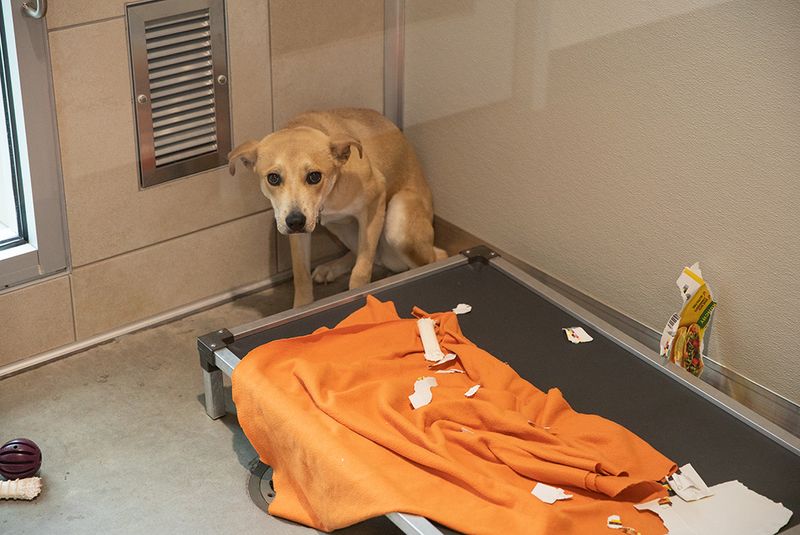
Behind those worried eyes lies a dog who wants to trust again. Notice their specific triggers—certain sounds, movements, or objects that spark fear.
Counter-conditioning works wonders, pairing scary things with positive experiences. That thunderstorm that once sent them hiding might eventually mean special treats appear. Progress happens in tiny increments—celebrate when they face fears with even slightly more courage than yesterday.
12. Socialize Them With Other Dogs

Some shelter dogs missed crucial puppy socialization periods. Others learned defensive behaviors to survive difficult environments.
Arrange playdates with stable, patient dogs who can teach proper social skills. Start with brief, controlled interactions where success is guaranteed. That moment when play bows replace tension marks a turning point. Their growing canine friendships provide joys that even the most devoted human can’t replicate.
13. Show Patience During Behavior Changes

Healing isn’t linear for shelter dogs. Yesterday’s breakthrough might be followed by today’s setback.
Document progress in a journal to remind yourself how far you’ve come together. Celebrate small victories—the first time they didn’t hide during visitors or slept peacefully through the night. Professional trainers can provide valuable support for challenging behaviors, offering techniques tailored to your dog’s specific needs.
14. Offer Love And A Forever Home

Nothing transforms a shelter dog more profoundly than the knowledge they’re finally, truly home. That anxious glance toward the door when you grab your keys will eventually fade.
Speak reassuringly about returns and departures. Create rituals that reinforce belonging—special greetings, nicknames, silly songs just for them. The day they fully exhale, completely secure in your love, marks the completion of their journey from homeless to home.






